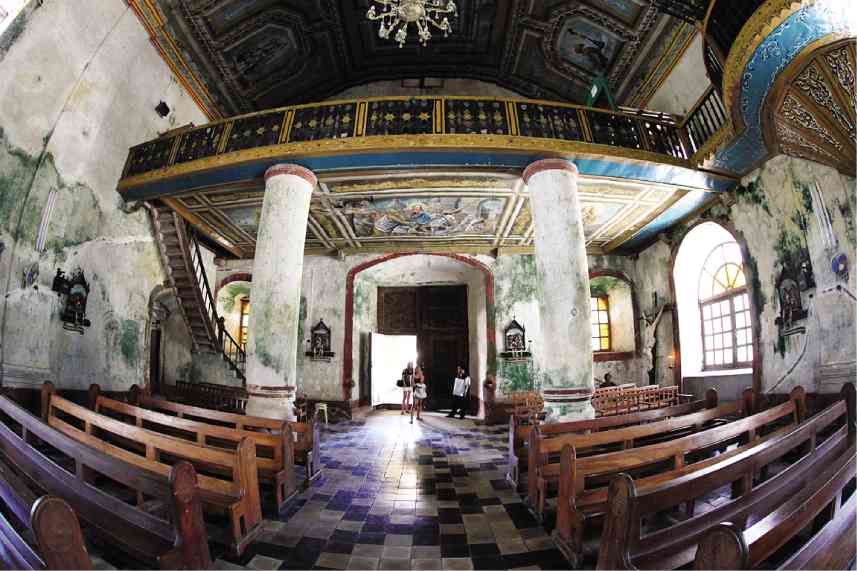
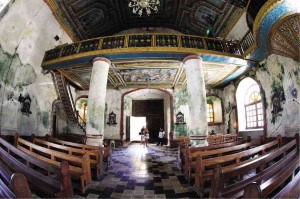
Conservation is about managing change, a concept contrary to public perception that “correct” conservation demands that heritage structures be either frozen or returned to their original state.
The earthquake has brought permanent change to the heritage of Bohol, whether monumental churches, civil and residential structures, plazas or ordinary neighborhoods.
Many of the damaged structures can no longer be returned to their original state. How to rebuild for the future?
Rebuilding is a joint public-private effort. Despite the fact that many of the destroyed heritage structures are under government protection, the local community needs to be involved in the decision and execution process in recuperating their heritage.
Some questions to be asked: How feasible is it to faithfully reconstruct totally damaged structures? Do we have the patience, time and budget to be able to do it correctly? Or, should we reconstruct at all?
Can we reconstruct completely damaged structures?
Faithful reconstruction of a heritage structure is a very expensive and painfully slow process that requires a long research period, microscopic attention to detail, sourcing authentic building material (stone, lime, hardwood timber) that has either gone extinct or is now banned from extraction.
Painstaking is the process of fitting into the new building fabric surviving original architectural elements, while adding structural reinforcement as a protective measure. The reconstruction process takes years, the work possibly a decade. It may be feasible to reconstruct partially damaged structures, but still the process is expensive, laborious and long.
Can we partially reconstruct the damaged structures?
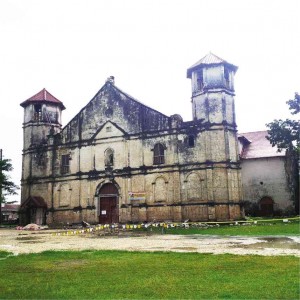
This may be a more realistic approach, especially with totally damaged structures where the cost of complete reconstruction will be financially prohibitive.
Partial reconstruction can take many forms, such as the faithful reconstruction of an identifying feature such as a belfry, façade or altar, that are incorporated in a contemporary building that is easier and cheaper to construct.
No single formula
How to make the damaged structures live again?
There are many ways to rebuild Bohol. However, there is no single formula covering the entire scope of reconstruction work.
Each damaged structure has particular rehabilitation requirements determined by overlapping factors: extent of damage and existing structural integrity; history, heritage and civic significance; social and community value, and more. Cost and availability of funds usually weigh in with the last word.
We are now in the survey stage of the disaster recuperation. We need a complete assessment of the damage so that we can prepare plans for their full or partial reconstruction. We need to draft conservation plans and budgets before any actual construction work begins.
This is the perfect time for all stakeholders and professionals in the recuperation effort to meet, formulate, and agree upon basic guidelines for reconstruction that respond to Philippine conditions while complying with international principles.
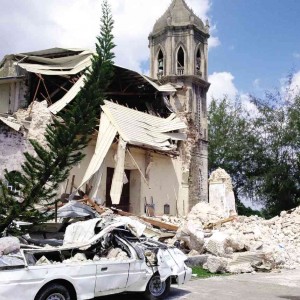
It would help that once work starts in earnest, all involved approach the task from the same page, following the guidelines that have been agreed upon.
History plays an important part in conservation. Heritage structures tell the history of their place. There is a new chapter in the history of Bohol structures in the aftermath of the 2013 earthquake. How should heritage structures reflect this disaster?
Reasonable alternative
The last question to be asked is: Should we totally reconstruct damaged structures at all?
Can we leave the ruins as they are as reminders of the 2013 earthquake? As long there is another place for the community to worship, and provided the ruins are retrofitted to protect from further damage, this is a reasonable alternative.
An example of a ruin as a reminder of a disaster is the Macau icon, the façade of St. Paul’s Church that is the only surviving part of a badly damaged church. The ruin tells the story of the church with much more strength and poignancy than if the church had been completely rebuilt.
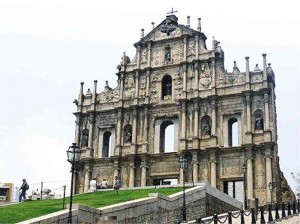
The ruin stands as a badge of courage, telling the story of how a disaster reduced the church to the ground, but the façade was left standing.
In the same vein, some people who have survived accidents go through the rest of their lives with scars or even disfigurement, a reminder that, despite having undergone a bad event, they have managed to move on and resume a normal life.
That is really what all of us are working toward—for Bohol to resume a normal life after this terrible tragedy.
Lost Bohol heritage absolutely must be recuperated in the best, most expedient, and most pragmatic way to make Bohol live again, but no rebuilding effort can completely erase the scars caused by the recent catastrophe. The 2013 earthquake is a part of Bohol history.
Photographs of damaged structures are from architect Joy Mananghaya of the Bohol survey team of the National Commission for Culture and the Arts.
Feedback and comments are invited to [email protected].

